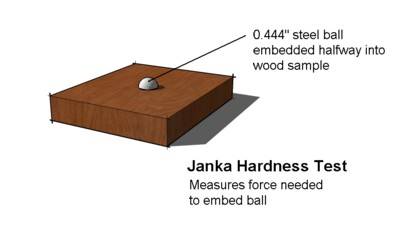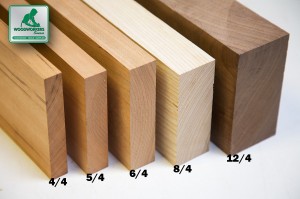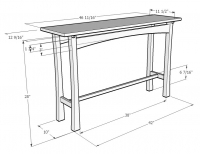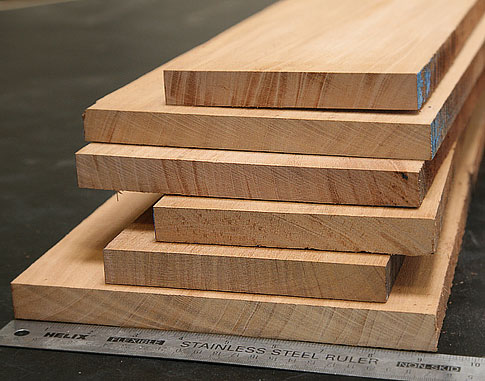
Leopardwood Hardwood Sample (1/2"x3"x6")
SKU: samples-leopard$11.00 ea.
48 U.S. Ground Service
Why Choose Leopardwood?
Flaky, speckled figure with dark flecks, varying from a small lacelike pattern to a larger splashy figure. Texture is fairly coarse. Moderately hard. Works easy, except for a tendency to splinter, and takes a very lustrous finish. Quite scarce timber.
Get your hands on a wood you've never tried before! It's simple. Samples are milled on all sides to the standard size of 1/2'' X 3'' X 6'', as determined by The International Wood Collectors Society, and include the shipping cost within the 48 U.S. Each one is labeled with the botanical and common names. Use these to test finishes and stains, to compare color and grain characteristics, etc.
| Thickness | 1/2" (≈ 1/2" approx) |
| Width | 3" |
| Length | 6" |
| Grade | Samples are milled on all sides, cut square and sanded; wood is a product of nature with inconsistencies from piece to piece. Use species samples as a guide, not a perfect representation. |
Woodworkers Also Recommend These
4.6
lbs /Bd. Ft.Wood Texture
Ease of Finishing
Pale pinkish brown to medium brown.
Grows up to 150 feet with a trunk diameter of up to 4'.
Leopard, Lacewood, Roupala, Silky Oak
Boxes, inlay, accessories, fine furniture, veneer, turnery
Work bench stand out
Leopardwood is amazing !
A Muha
Leopard wood sample
Building a Noah's Ark
Great Grips
The Joys of Building with Great Woods
Understanding hardwood lumber starts right here with these wacky fractions.
If you're expecting perfect clear lumber 100% of the time, you're in for a surprise. Here's a summary of the hardwood lumber grades and what to expect from them.
Board feet isn't your everyday kind of math, but these three simple steps make it easy to figure out your project.
Here's a handy (and free) Excel worksheet that helps you estimate the lumber needs for your project.
Are woods poisonous? Hazardous to use in cutting boards or baby cribs? Find out here.
Wood is like a sponge, and it's always in a state of absorbing or releasing moisture to stay equalized with its environment. The problem with that is it also swells and shrinks. Here's what you need to know to protect your project.















